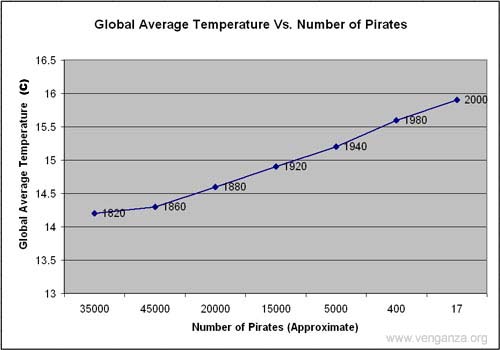http://www.thesun.co.nz/The_Weekend_Sun/Rogers_Rabbits_IDL=6_IDT=218_ID=1124_.html
Cows’ emissions are the least of our worries
Today, learned readers, we are going back to school. Do you remember the days in the old school yard, we used to laugh a lot? Someone should write a song about it.
And if you are lucky enough to be still at school, but by some bizarre quirk of the current education system, you can actually read this, congratulations. (Pull your socks up and tuck in your shirt.) Because the standard of reading, writing and that other subject with the numbers, is in steady decline. But’s that a rant for another day. Back to school… and today’s lesson: Carbon. Our atmosphere has a bit of carbon dioxide in it. A “bit”, a scientific measurement of exactly 0.038 percent of the atmosphere, is by an incredible coincidence the same amount of enjoyable television that is screened between the advertising breaks.
The carbon cycle is a natural balance between plants, which absorb it from the air, during photosynthesis, which is similar to the process by which teenagers extract money from parents’ wallets; silent, invisible yet extremely efficient.
Plants store this carbon dioxide, locking it up in plant tissue, until an animal, such as a cow or a Party Animal walking home from The Strand at 3.30am on a Saturday, eats it.
At this point, some carbon dioxide is released back into the atmosphere during respiration. Sometimes, depending on the animal’s diet, there are distinct traces of burger patty, onion, mayo, and Woodie Bourbon emitted in respiration. The remainder goes to build up animal tissue, in the case of our party animal, belly fat.
If the animal is a ruminant, such as a cow or sheep that chew cud, “friendly” bacteria break down the plant cellulose in multiple stomachs, emitting methane as a by-product.
The “unfriendly” bacteria form protest groups, chain themselves to the railway tracks, chant rude slogans, drive Volvos, boo when the other team is taking a free kick, flip the bird, and let down the tyres on the friendly’s bus.
Over about 10 years the methane breaks down into carbon dioxide and water. When plants and animals die, (run over by a Volvo) decomposition returns carbon dioxide to the atmosphere - except when it gets buried for thousands of years - when heat and pressure turns it into fossil fuels. Guys in hardhats with names like Hank and Leroy, who also like bourbon, drill for the oil. Just last week they found a particularly large deposit of crude. It turned out to be just Britney Spears. Naturally balanced The point here is that production of methane is a naturally balanced cycle.
The rampant climate change zealots and the Kyoto Protocol view methane as a man-made gas; and say its production needs to be reduced to save the planet.
But here’s something that doesn’t make sense: the Kyoto Protocol is so screwed, that it rates a lawn mower more environmentally friendly than a sheep!
Our sister publication, Coast & Country, reports from New Zealand agricultural consultant Robin Grieve, who has calculated that according to Kyoto’s wacko numbers, mowing a lawn with a motor mower is six times better for the environment than letting a sheep graze it:
“The environmental impact of my sheep, as defined by Kyoto, is 19.65kg carbon equivalent compared to a lawnmower’s 3.107kg carbon. This means my sheep is 6.3 times worse for the environment than a lawnmower, according to Kyoto.” Credit due Robin also reports that the cow, which has long been labelled the dastardly villain of all Kyoto gas creators, is actually a carbon sink.
“The cow has removed 25kg of CO2 from the atmosphere and emits 6 to 10kg CO2 equivalents in methane. She is in credit between 15-19kg.”
In other words, for each kilogram of carbon dioxide removed from the atmosphere through grazing, the cow discharges only one third of a kilogram of equivalent carbon dioxide back into the atmosphere, with the other two thirds being stored in milk, meat, and other bodily products. That means that livestock, rather than being regarded as net emitters of greenhouse gases, should be accounted for on the credit side of the Kyoto Protocol ledger!
(Robin did not have any figures on the CO2 value of shrub-eating party animals.)
Farm greenhouse gasses are supposedly responsible for a third of this country’s Kyoto obligations.
The sooner New Zealand reviews the Emissions Trading Scheme, based on the chronically flawed climate change scam, the better.
I don’t know about you, but there is no way a lawnmower can sensibly be assessed to be more environmentally friendly than a sheep. That is just stupid.
But then so is most of the climate change nonsense. All this in a world where the temperature peaked in 1998 and has been cooling since.
Global warming? What claptrap. We are heading for another ice age.
Best we stock up on Woodies.
http://www.thesun.co.nz/The_Weekend_Sun/Rogers_Rabbits_IDL=6_IDT=218_ID=1124_.html
